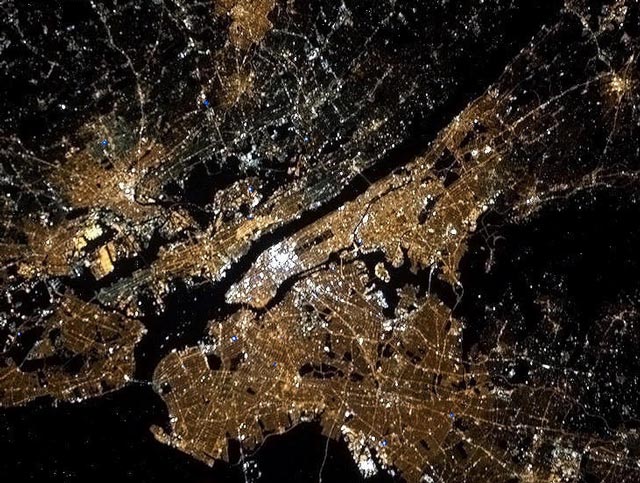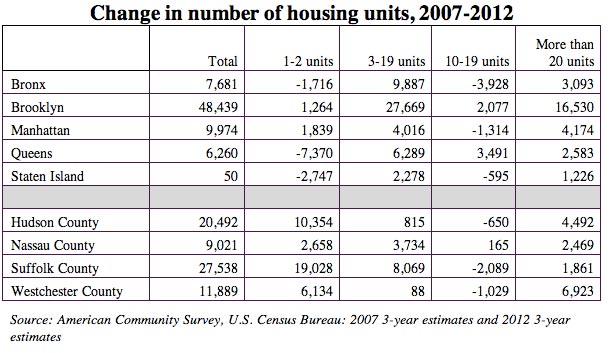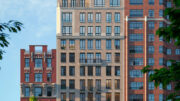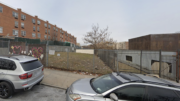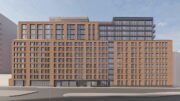While New York City has the largest and densest localities within the greater metropolitan area, recent housing growth in the region’s core has been mostly abysmal; in a surprising contrast, suburban localities have seen a similar overall increase, highlighting out-of-date planning policies that are throttling the five boroughs.
By far, the largest growth between 2007 and 2012 was in Brooklyn, which saw an increase of 48,000 units. This wasn’t particularly unexpected. In more shocking news, Suffolk County came in second with an increase of 28,000 units, followed by Hudson County, with an increase of 20,000. Most of the new units in Suffolk County were in single-family detached homes, which totaled 16,000.
Compare this with an increase of only 8,000 units in the Bronx, 10,000 in Manhattan, and 6,000 in Queens. Excluding Brooklyn, the four other boroughs only saw a 24,000-unit increase between 2007 and 2012, which was smaller than the increase in Suffolk County.
Particularly surprising was the fact that, according to Census data, Queens actually lost 7,000 units of housing in one-and-two-family buildings. On the other hand, the Census would not have counted the very large number of “illegal” basement apartments known to be in Queens. New York City Mayor Bill de Blasio hopes to legalize these apartments as part of his housing plan.
In terms of large-scale, multi-family development (buildings with more than 20 units), Brooklyn led the pack with a growth of 17,000 units. Hudson County came in second with 10,000. Surprisingly, Westchester County came in third, outpacing all boroughs except Brooklyn. And although most of the growth in Suffolk consisted of single-family homes, there was still more growth in multi-family units in Suffolk than in Manhattan: 7,800 units in Suffolk, compared to 6,800 units in Manhattan.
This data highlights the lethargic pace of new residential development in New York City, even as population growth in the city outpaces that in the suburbs. In turn, this is leading to severely overcrowded conditions in neighborhoods like Jackson Heights and Sunset Park, and escalating prices in desirable neighborhoods that are effectively closed off to new development.
One step forward would be acknowledging that the dearth of new development is a problem that needs to be solved. On top of the plan to create and preserve affordable apartments, the de Blasio administration should look at ways to ramp up housing production in general. The city should seek to ease restrictive zoning in neighborhoods with good subway and bus service, reversing the Bloomberg administration’s policy of downzoning transit-accessible areas.
Rezoning alone will not be sufficient. New development has been slow even in neighborhoods with excess capacity, like Jamaica and Coney Island. There are many restricting factors outside the city’s control, such as land prices and the availability of financing for multi-family projects. The solutions may not be easy, or even immediately popular, but solving the housing crisis is essential to the future livability of New York City.
For any questions, comments, or feedback, email newyorkyimby@gmail.com
Subscribe to YIMBY’s daily e-mail
Follow YIMBYgram for real-time photo updates
Like YIMBY on Facebook
Follow YIMBY’s Twitter for the latest in YIMBYnews

